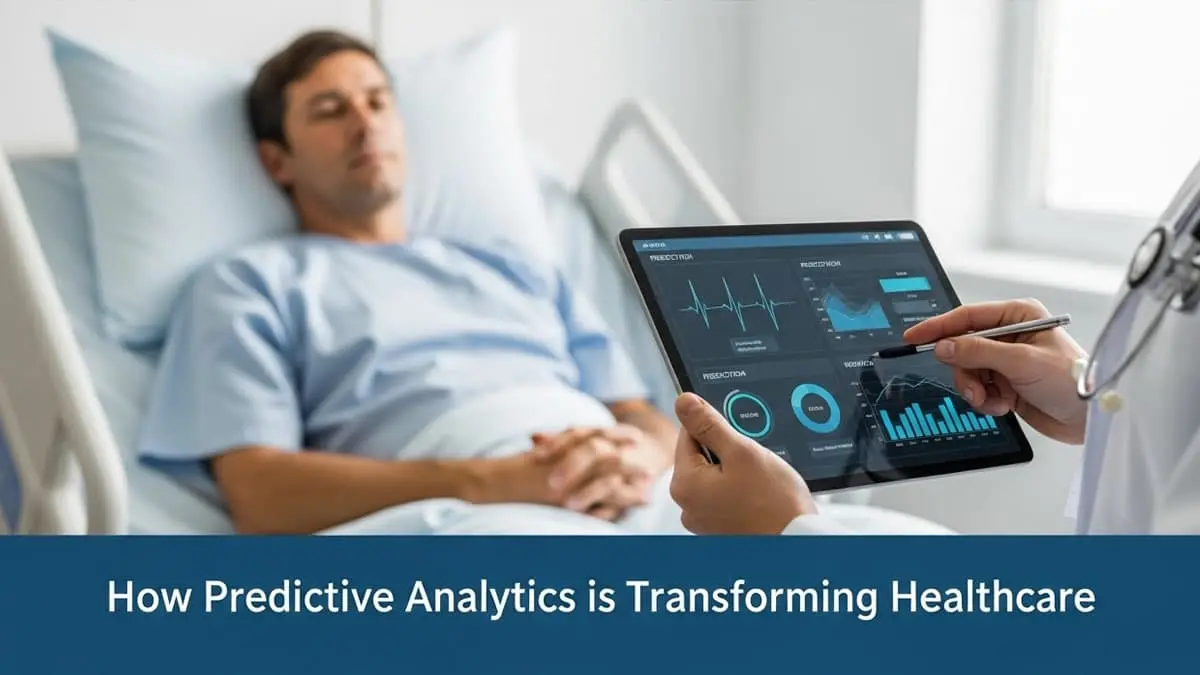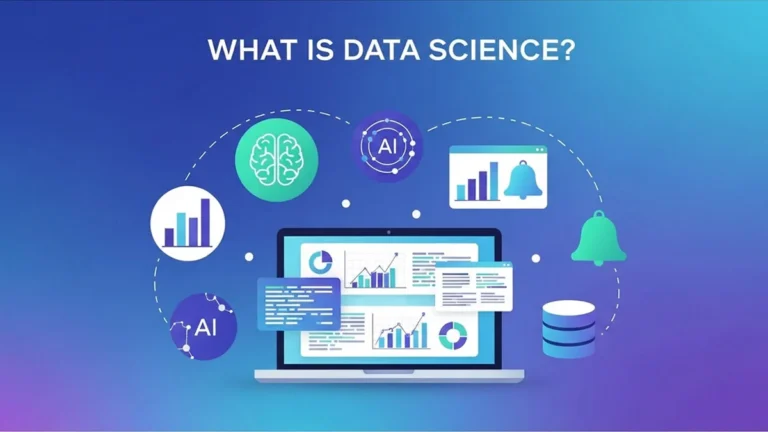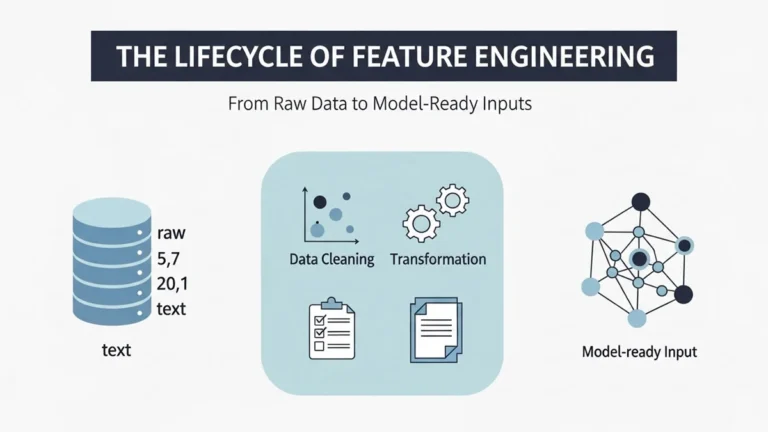Predictive Analytics in Healthcare in 2025: Enhancing Patient Outcomes
When I initially began exploring how data science and machine learning could be applied beyond finance and advertising, the healthcare field immediately caught my attention. Not merely because it’s a vast sector, but because it genuinely involves matters of survival and mortality. That’s when I discovered something that continuously appeared in research: predictive analytics in Healthcare.
If you’re reading this, chances are you’re asking questions such as: Can structured data genuinely anticipate illnesses? How are medical institutions implementing these systems today? Is this merely exaggerated hype, or does it truly improve the quality of care?
These are valid questions, and today I aim to provide practical answers, not trendy phrases.
What Is Predictive Analytics in Healthcare?
Predictive analytics in healthcare refers to utilizing historical information to forecast future outcomes. Consider this example:
If a clinic identifies that patients showing a particular sequence of diagnostic results are frequently readmitted within thirty days, it can establish a mechanism to foresee which individuals are at elevated risk and intervene early to prevent recurrence.
That’s not futuristic fiction. It’s occurring right now in hospitals worldwide.
Why Predictive Analytics in Healthcare Matters
Predictive analytics carries immense significance in healthcare for various reasons:
- It preserves lives by identifying threats early
- It lowers expenses by preventing avoidable treatments
- It improves recovery rates by supporting physicians in evidence-based decisions
- It’s not just tomorrow’s innovation, it’s functioning today
Why Should Patients and Providers Care?
Growing up, I observed relatives receiving reactive treatment: a condition appears, then doctors respond. But what if we reversed that entire process?
Imagine:
- Detecting a potential diabetic disorder before it escalates
- Avoiding unnecessary surgeries through recognizing warning indicators sooner
- Reducing emergency ward crowding by forecasting and controlling patient flow
- Preserving lives by spotting individuals at extreme danger of heart failure or strokes earlier
Predictive analytics enables all of this, and countless hospitals are already adopting it.
Benefits of Predictive Analytics in Healthcare
The leading advantages of predictive analytics in the medical industry include early detection, tailored care, financial savings, and operational efficiency.
- Early Detection: It identifies emerging complications before they become severe
- Personalized Treatment: It adapts care plans to specific patients
- Cost Reduction: It minimizes complications and prevents avoidable readmissions
- Operational Efficiency: It assists healthcare organizations in allocating resources effectively
Weaknesses of Predictive Analytics in Healthcare
Let’s acknowledge the limitations. No innovation is flawless, and predictive analytics brings challenges:
- Data Quality Issues: If the input records are incomplete or biased, predictions can fail
- Security Concerns: Patients remain anxious about private data misuse or breaches
- Dependence Risks: Physicians may rely too heavily on algorithms, overlooking human judgment
- Expensive Deployment: Establishing such frameworks may be costly for smaller practices
Real-World Example: Preventing Patient Readmission
Medical institutions suffer substantial financial losses when discharged individuals return within weeks. Predictive analytics now empowers software to analyze variables such as:
- Age
- Prior hospital visits
- Laboratory test reports
- Medication adherence history
- Socioeconomic factors (including neighborhood postal codes)
By combining these factors, predictive systems forecast whether a patient will likely be readmitted and immediately alert staff to act.
This doesn’t replace medical professionals. Instead, it equips them with stronger, evidence-based tools.
How Does It Actually Function? (For the Curious)
For those technically inclined, here’s a simplified overview of how predictive models usually operate in healthcare:
- Gather Historical Information: Data originates from records like EHRs, diagnostic labs, and insurance claims.
- Preprocess and Clean Data: Medical data is often disorganized, requiring cleaning before training. Tools like Python statistics libraries can make this process faster and more reliable for healthcare researchers.
- Model Training: Algorithms such as regression, decision trees, or deep neural networks extract patterns.
- Testing and Validation: Ensuring accuracy, minimizing bias, and reducing false alarms.
- Deployment in Workflow: Hospitals integrate validated models into operations, sometimes through mobile apps, sending alerts such as: “This patient requires close monitoring.
Frequently Asked Questions (FAQs)
Q: Is this approach safe?
A: It depends on the dataset integrity. Transparent practices and bias reduction remain essential. Poorly trained systems can create harmful outcomes.
Q: How is privacy protected?
A: Patient data is generally anonymized and protected under legal frameworks like HIPAA in the United States. However, cyber threats remain concerning, and stronger safeguards are necessary.
Q: Can small clinics afford this?
A: Yes. You don’t need a billion-dollar infrastructure. Lightweight cloud-based and open-source tools are becoming increasingly available for community-level providers.
Final Thoughts
This discussion introduced the transformative concept of predictive analytics. It has the capacity to empower physicians to detect health problems earlier, streamline hospital procedures, and customize treatments that save lives while lowering costs.
I firmly believe the direction of medicine is proactive rather than reactive. The most effective care does not wait for emergencies; it works to stop them altogether. This is why I passionately support predictive technologies in healthcare.
For anyone exploring next steps, investigate predictive analytics tools like scikit-learn and Jupyter Notebook. You can experiment with different machine learning techniques for projects in local clinics or large hospitals.
And if you found this useful, don’t keep it to yourself; share it with colleagues or friends who care about the future of healthcare.



